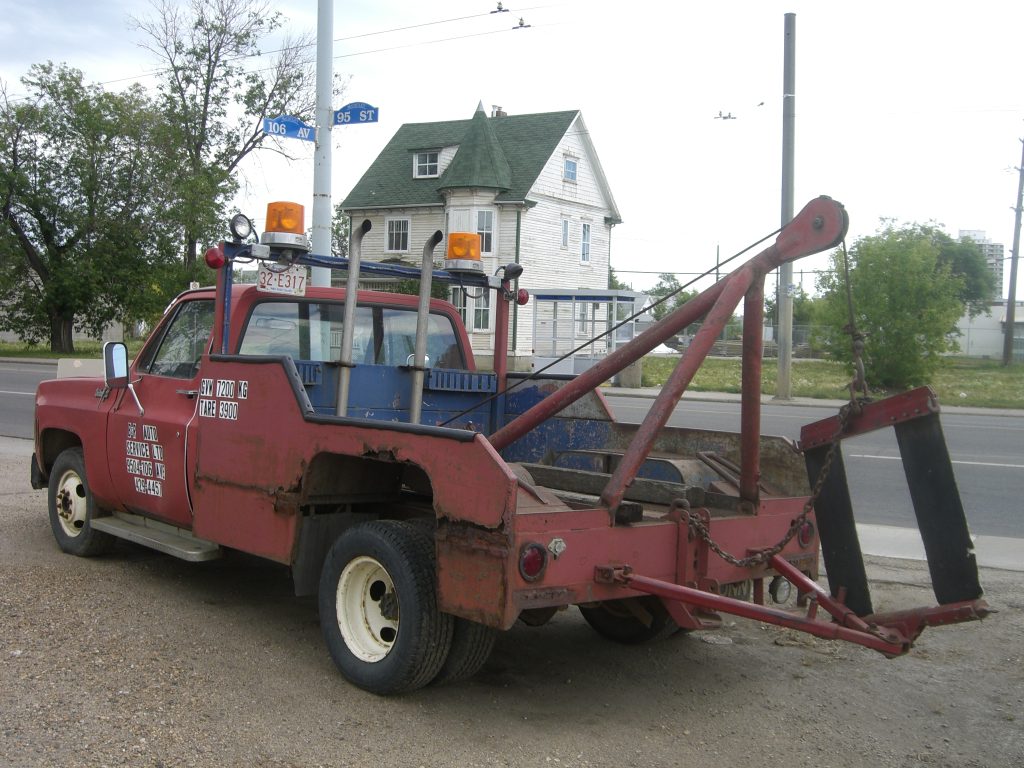 Personal injury cases can lead to placing the blame on a party so the injured person can receive compensation for her injuries. But what happens after a traffic miscommunication if both sides blame the other for the wreck? Further, what if their insurance companies are unwilling to take all the blame and pay for the accident? The only way to solve this dilemma is through a trial which can help apportion the fault of each side after weighing the evidence. The following case out of Marksville, Louisiana, shows how fault should be apportioned in a personal injury car accident.
Personal injury cases can lead to placing the blame on a party so the injured person can receive compensation for her injuries. But what happens after a traffic miscommunication if both sides blame the other for the wreck? Further, what if their insurance companies are unwilling to take all the blame and pay for the accident? The only way to solve this dilemma is through a trial which can help apportion the fault of each side after weighing the evidence. The following case out of Marksville, Louisiana, shows how fault should be apportioned in a personal injury car accident.
David Sampson was driving down the highway with a passenger, Mario Jacobs, with a second truck attached by a tow rope. The towed truck was being operated by Sandalon Jacobs. Florence Decuir was traveling toward an intersection with the highway where Sampson was driving. Believing she saw Sampson’s turn signal, Decuir turned onto the highway to make more space for the trucks. Allegedly, Decuir did not stop at the stop sign, so Sampson had to hit his brakes, causing the towed truck to rear-end the truck he was driving. Decuir denied seeing the accident.
Sandalon and Jacobs filed a lawsuit alleging personal injury due to the accident and named several defendants. However, by the time the bench trial came around, State Farm was the only defendant remaining. The trial court apportioned 95% of the fault to Decuir and only 5% to Sampson. The trial court determined Sandalon and Jacobs suffered from soft tissue injuries. Sandalon was awarded $46,500.00 in general damages and $5,397.81 in past medical expenses. Jacobs was awarded $35,200 in general damages and $7,377.73 in past medical expenses. State Farm appealed the trial court decision.
One issue raised on appeal was the apportionment of fault. State Farm argued the trial court failed to apportion some of the fault to Sandalon. Under Louisiana Civil Code Article 2315, anyone who committed an act that causes some sort of damage to another is responsible for repairing it. In addition, La.Civ.Code art. 2316 states negligence also makes him responsible, not just the act itself. The court turned to a list of factors for a finding of fault, including whether there was a certain standard that had not been conformed to, whether that was the cause of the injury, and what damages were caused. S.J. v. Lafayette Par. Sch. Bd.
The Court of Appeal, Third Circuit, ruled the trial court failed to apportion fault to Sandalon and the 95% of fault to Decuir was incorrect. Instead, the appeals court apportioned 30% of the fault to Sampson, 30% to Sandalon, and 40% to Decuir. The appeals court reasoned Sampson and Sandalon decided to tow the vehicle down the highway at high speeds creating a potential accident risk. However, Decuir could have prevented the accident but created the risk by cutting off the drivers causing the accident. For these reasons, the Court of Appeals remanded the matter to the trial court to amend the damages in light of the new apportionment.
This case shows how fault can be apportioned in a personal injury car accident lawsuit. Accidents are not always the fault of one person. Instead, several factors play a role, and the fault should be apportioned correctly based on all the information put into evidence at trial.
Additional Sources: Sandalon Jacobs, et al. v. David Sampson, et al.
Written by Alivia Rose
Additional Berniard Law Firm Article on Personal Injury: Injured by Stocking Cart in Grocery Aisle, Whose Fault is it?
 Louisiana Personal Injury Lawyer Blog
Louisiana Personal Injury Lawyer Blog

